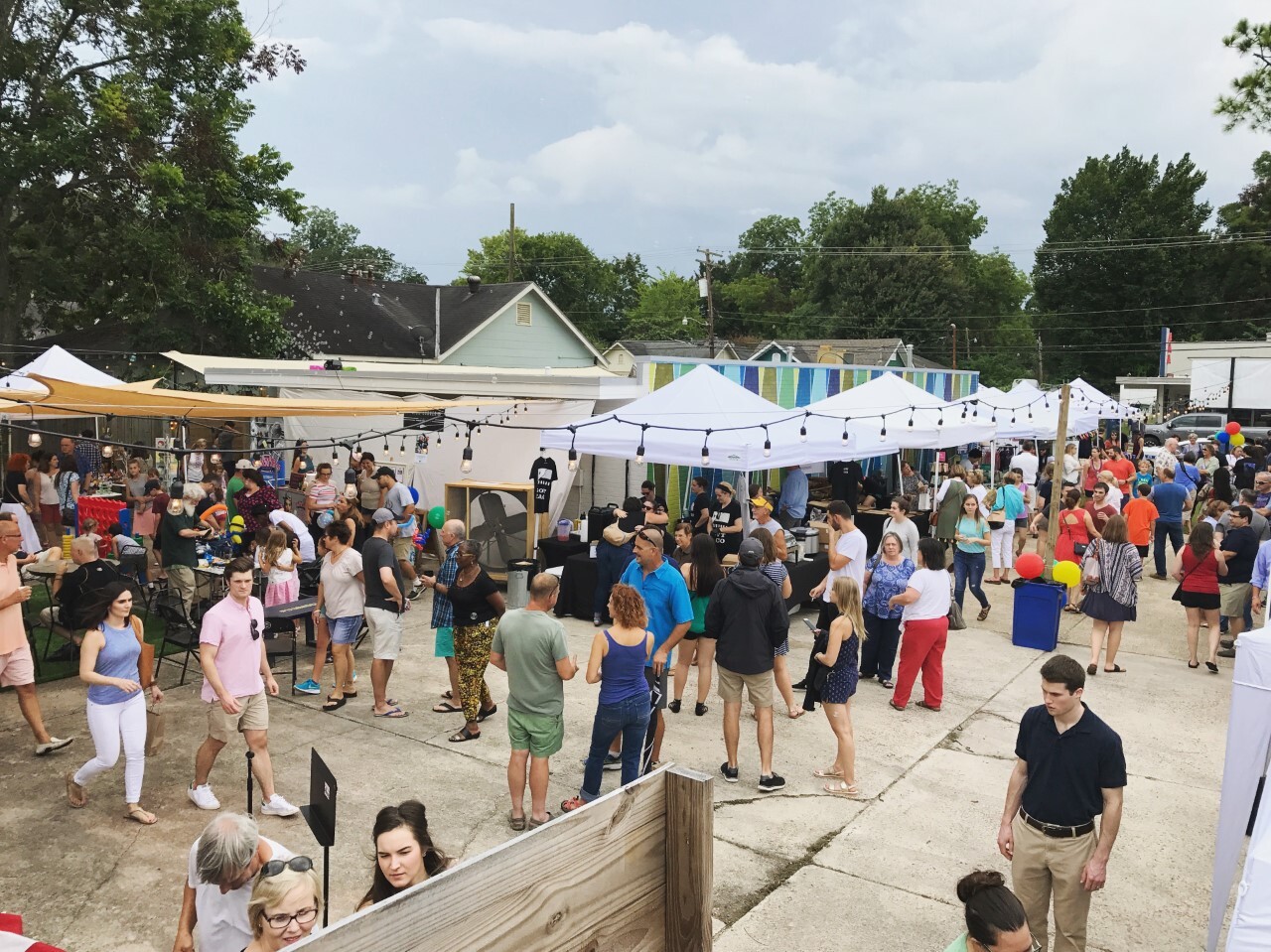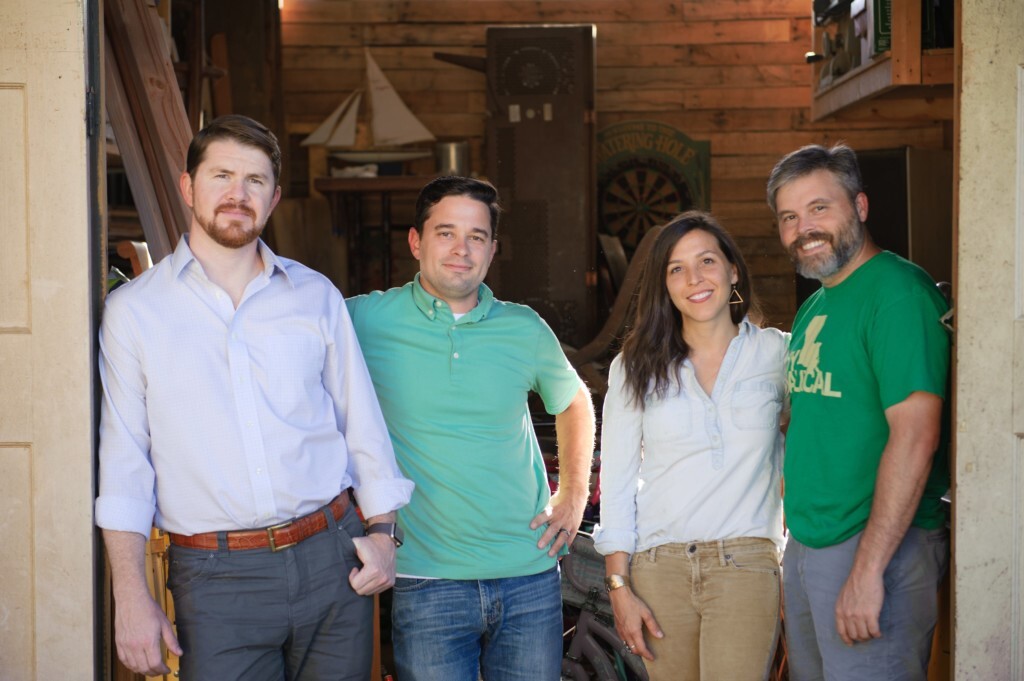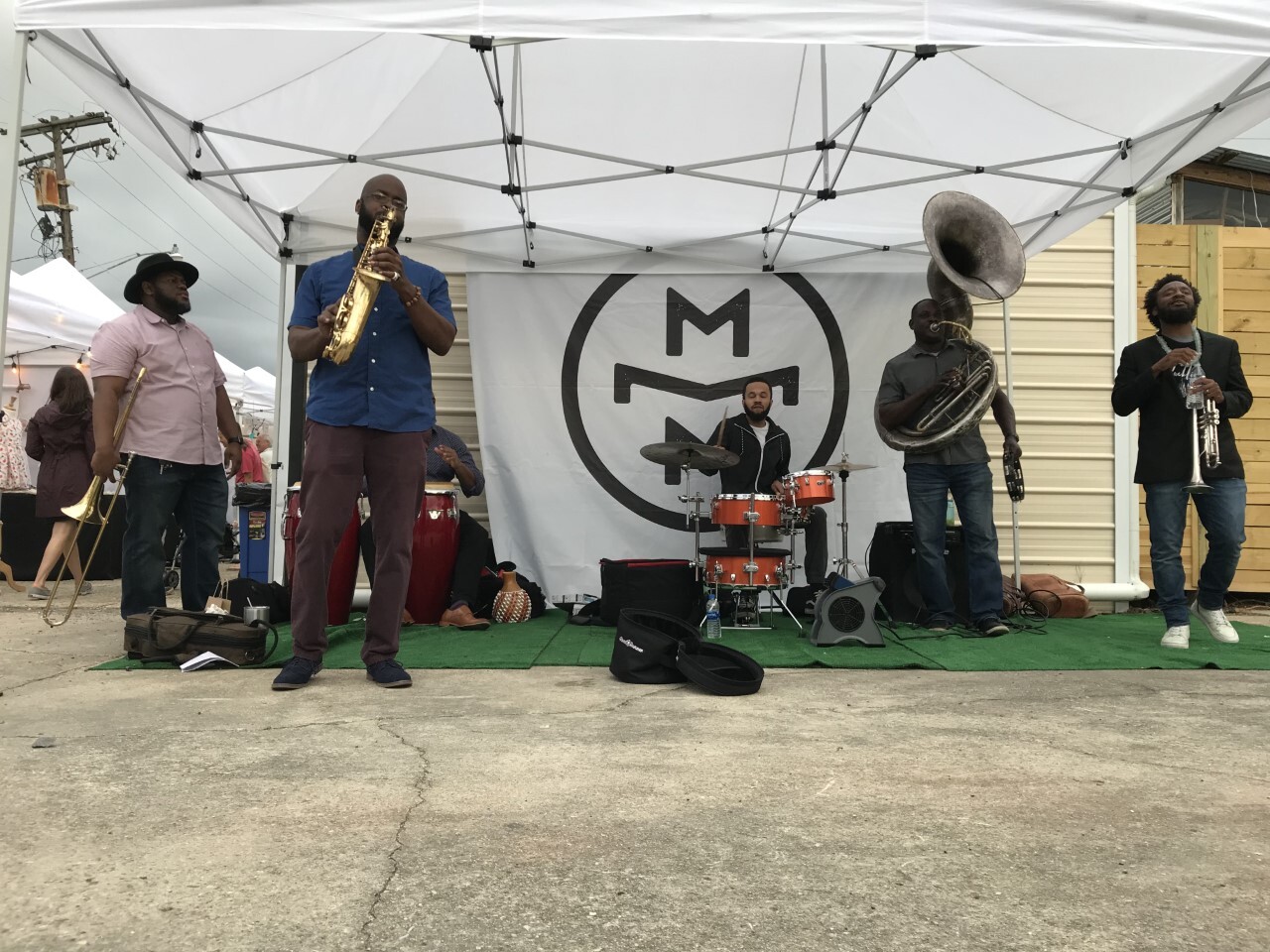
Is the MidCity Makers Market really over? Despite shutdown, organizers see bright future for local makers
You haven’t seen the last of the MidCity Makers Market.
Despite its Dec. 29 social media announcement—which announced its permanent closure and thanked the community for six great years—organizers says the market will still make appearances here and there. Expect to see it participating in festivals and local markets, along with occasional pop-ups.
When the market first launched in 2016, the Baton Rouge maker community was just burgeoning. “Before, there weren’t many markets or stores to sell at,” says Madeline Ellis, a co-creator. “We were filling a void. We had a lot to weigh (ending the monthly market), but it was almost like it made the decision for us.”
|
|
Vendor sign-up had recently depleted, Ellis says.
That’s perhaps due in part to an increase of new maker outlets around town. Today, you can find many MidCity Makers Market vendors’ work at shops like Local Leaf Gallery, Mid-City Artisans, Local Supply, Circa 1857, Hey Penelope, Brass by Circa 1857, Frameworks Gallery and Mid City Mercantile, as well as the original monthly Baton Rouge Arts Market.
Before its final market on Oct. 15, 2022, the market had showcased its makers monthly (and later, quarterly), with exceptions for weather- and COVID-19-related cancellations. It successfully hosted 53 markets.
Roughly 325 makers have come and gone over the years. The December 2018 market held the record for the all-time high list of registered makers, with 105 vendors selling their wares.
“It had gotten the job done,” Ellis says. “The need was so great in the beginning, and then it dropped off. We didn’t want to force something that the community didn’t seem to need anymore.”

The market not only helped build a maker culture in Baton Rouge, but it provided attendees and vendors alike with unforgettable memories. Ellis remembers the first market, Dec. 17, 2016. She originally planned to host a pop-up event in her home with fellow maker friends around Christmastime. As the list of participating vendors grew, she and the other three founders—Dawson Ellis (her husband); Paul Claxton; and Justin Lemoine—moved the event to a more public space. The day of that very first market, Claxton’s second child was born. Mom and daughter were doing well, so his wife told him to head over to the market to help out. MidCity Makers Market never questioned its anniversary date from there on out.
Immediately afterwards, guests begin asking when the next event will be held. It quickly took on a life of its own.
Throughout the years, the market has shown its makers quite the love, not just by supporting their artwork, but by lending helping hands to their makers in need. When one maker suffered a cardiac emergency, fellow makers donated funds, which the MidCity Makers Market also matched, Lemoine recalls. And in 2020, calamity struck Ashlyn Major, a children’s apparel maker. Just seven days before the COVID-19 shutdown, her home and studio burnt down. The market and its makers stepped up to auction creations of their own as a way to raise donations.
“The whole world was shutting down,” Major recalls, “but yet all these people were still really being selfless. I did lose everything. It’s one of those things, when something tragic happens, and people step up for you, it’s like this affirmation.”
Ellis, who is the mind behind Mimosa Handcrafted Jewelry, is a maker herself. In 2008, she began selling her handmade jewelry at arts markets, festivals and pop-ups around town. Launching her business showed her the need for a regular market. Her own brand has grown so much through the years that she now has a brick-and-mortar boutique, as well as a shopette on wheels she plans to offer short-term leases at for artisans and creators. As for the future of MidCity Makers?
“We’re reevaluating … We’re going to support the other markets around us that now carry the torch. We’ll still be a part of the community, but in a different capacity,” Ellis says.
Lemoine adds, “With time, we’ll figure out what that appropriate moment is (for the market’s next event).”
|
|
|

